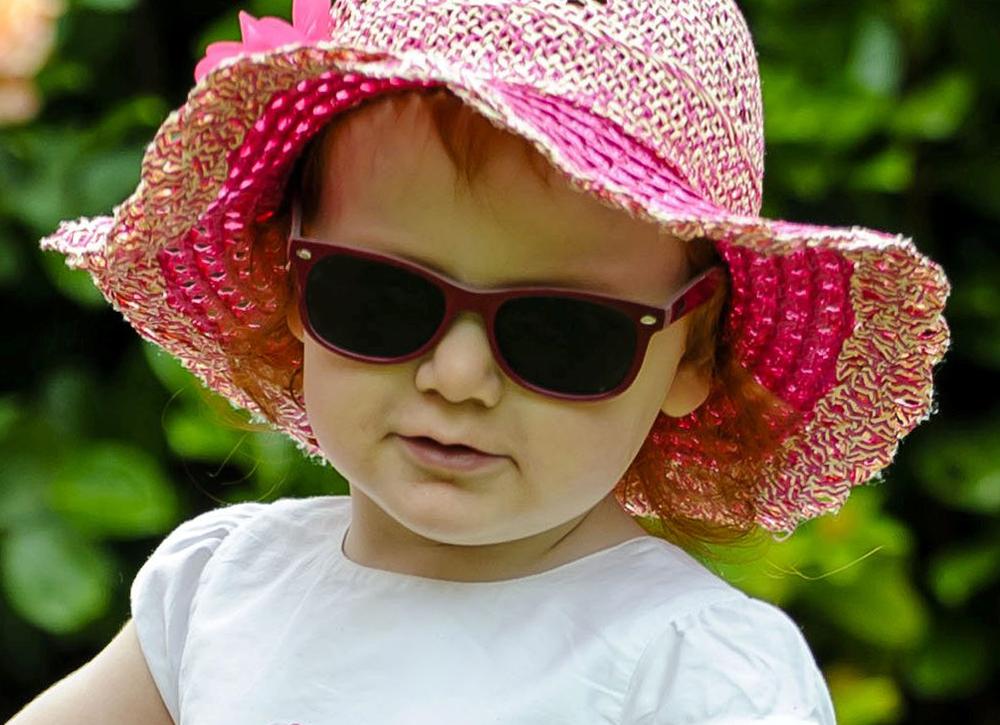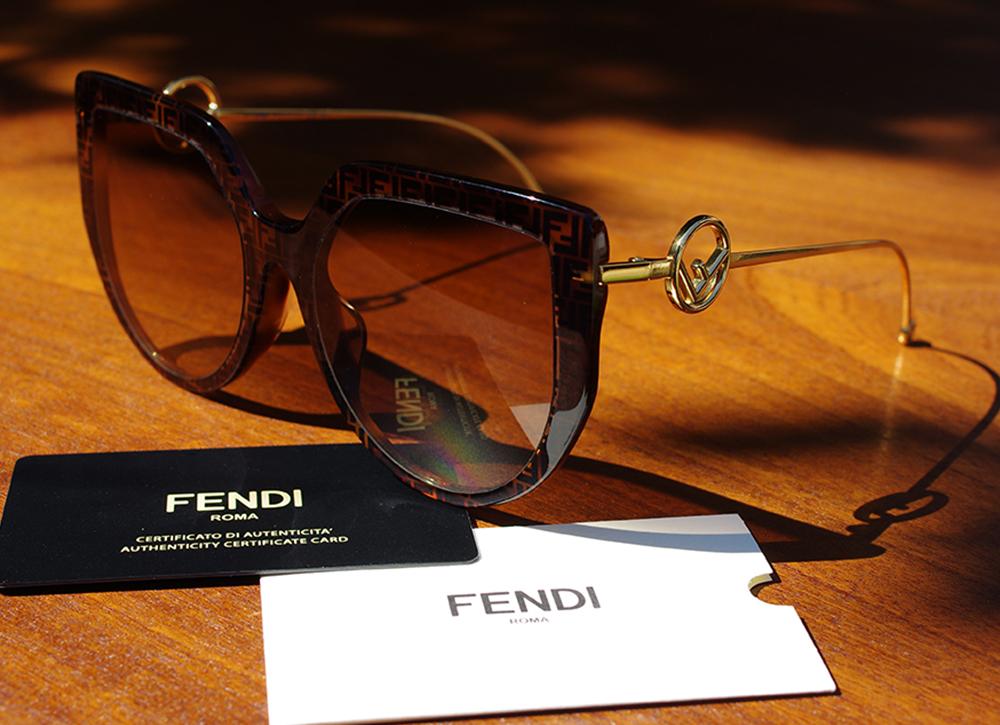As the weather turns warm, outdoor activities for children are more frequent. In the face of dazzling sunshine and strong ultraviolet rays, for the child of one-year-old or so, can they wear sunglasses? There is much relevant information on the Internet, but the answer is mixed. Can the child wear sunglasses?
What is ultraviolet light first?
Ultraviolet light or UV refers to the sun in the wavelength of 100 to 400 nanometers (nm) of invisible light. According to the wavelength, the UV light can be divided into UVA (wavelength 320 ~ 400nm, long-wave ultraviolet), UVB and UVC.
UVA penetrates clothing and human skin much more strongly than UVB, which reaches the dermis and acts on the melanin in the epidermis, so it is known as the "tanning segment". Although UVA won't cause skin acute inflammation, it will do harm to the skin. The process is slow just, but it is more terrible after accumulating for a long time. So, UVA is one of the causes of aging and serious damage to the skin. UVB UVB(wavelength 280 ~ 320nm, UVB) has moderate penetration, most of which is absorbed by the ozone layer as it enters the atmosphere, and less than 2% reaches the Earth's surface.
However, due to the higher order of UVB, long-term or excessive irradiation will still produce strong light damage to the skin, causing dermal vascular dilation of the irradiated parts, tanning, redness, peeling, skin aging, and other symptoms. Serious cases can cause skin cancer. Therefore, UVB is also known as the ultraviolet sunburn segment. UVC (wavelength 100 ~ 280nm, short-wave ultraviolet light) penetration ability is weak, and it can not penetrate most of the transparent glass or plastic, and when it passes through the stratosphere of the Earth's surface, it is almost completely absorbed by the ozone layer and cannot reach the Earth's surface. However, in recent years, the ozone layer has been constantly destroyed, and the harm of UVC to the human body has gradually attracted people's attention. To sum up, we find that UVC is fully absorbed by the earth's ozone layer, and UVA and UVB reach the earth's surface.
Hazards of UV
When our eyes are exposed to sunlight, in addition to the eyelid skin, UV is absorbed by the conjunctiva, cornea, aqueous humor, lens, retina, and uvea of the eyeball. The cornea is transparent and absorbs mostly ultraviolet light less than300 nanometers, so 98% of the UVB that reaches the surface of the eye is absorbed by the cornea and aqueous humor. About 50% of the UVA passes through the cornea and aqueous humor and travels onto the lens. The lens is transparent in childhood, but as you age, the ultraviolet light you absorb accumulates, and the lens becomes cloudy, white, and yellow. This is a senile cataract, and this is why we need cataract surgery. Because the lens of children and adults is different in color and absorption of ultraviolet light, more than 300 nanometers can pass through the child's lens (a peak of 380 nanometers), while more than 400 nanometers can pass through the adult lens (a peak of 575 nanometers). As a result, UVA can be absorbed mostly by the adult lens, but easily passes through the child's lens to the most sensitive and fragile destinations, the retina and choroid. As a result, ultraviolet light can cause more damage to children's eyes. Long-term UV exposure can cause or aggravate eye diseases such as macular degeneration, cataracts, and skin cancer. According to the American Academy of Pediatrics (AAP), about 80 percent of a person's lifetime sun exposure occurs before the age of 18. This can lead to worse skin and eye health problems in adulthood, so it's especially important for infants, children, and teens to use proper UV protection (sunscreen, protective clothing, hats, and sunglasses) early on.
When can a child wear sunglasses?
According to some reports, "Sunglasses are not recommended for young children because their visual function is not yet fully developed and requires more bright light and clear image stimulation. Sunglasses can affect their visual development." Objectively speaking, sunglasses also filter part of visible light while blocking ultraviolet light, but sunglasses do not completely block visible light, and the wear time is not long. If qualified professional sunglasses are chosen, ensuring filtering off ultraviolet rays and enough light transmittance rate, they will not bring negative effects to infant vision development. Children over 6 months old can wear professional sunglasses for physical sun protection.
Children under 6 months also need sunscreen, but because they are too small to wear glasses well, so when traveling, they can choose sunscreen clothes and hats, and other measures. Children over 6 months of age can wear sunglasses, but it should be based on the actual situation. Since children under 3 years old cannot move independently, it is difficult for them to use sunglasses together, and the temples may poke the eyes. If they want to wear sunglasses, they should choose the style with high safety and comfort. If you don't use sunglasses, you can choose sunscreen clothing and hats, and other protective measures when traveling. Children over 3 years old have a little more ability to move independently. Parents can let their children choose qualified sunglasses under the guidance of professional staff. Wear sunglasses outdoors in strong sunlight or UV environment (try not to wear sunglasses for more than 1 hour). And once away from the strong light or ultraviolet environment, it is necessary to take off in time. Do not wear indoors. Remember, you must not let the child wear sunglasses for too long, because it will cause eye fatigue and even affect visual development.





































